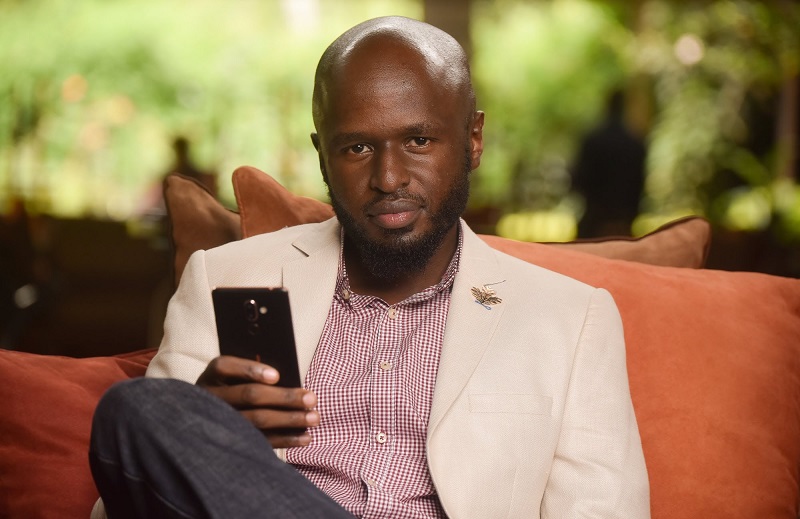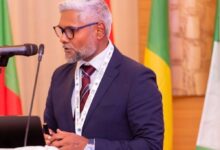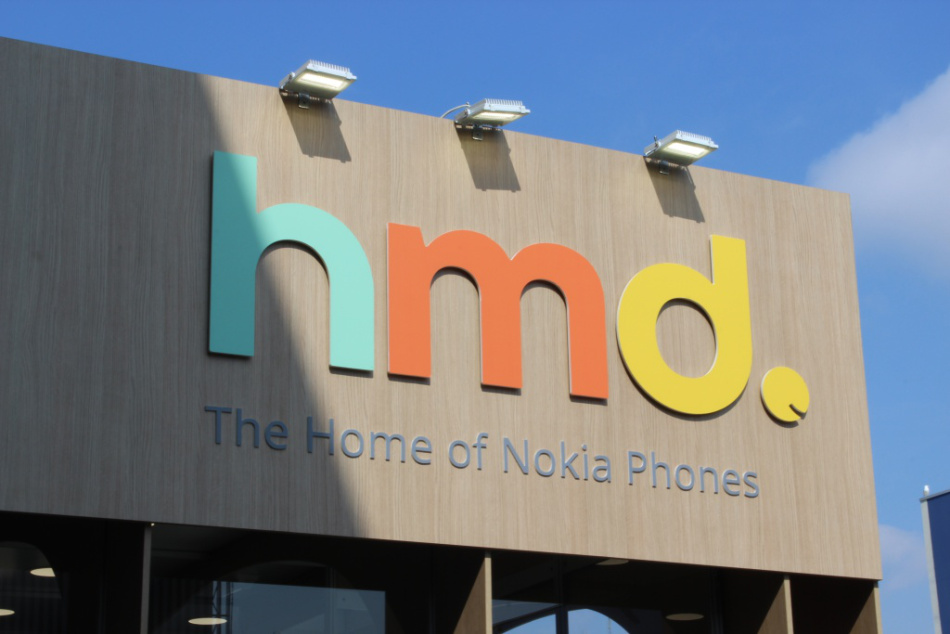
The Nokia brand is back. At least we will all agree to that led by Finnish player HMD Global. Nokia had its own struggles over the years – a partnership with Microsoft for making Windows-powered smartphones failed and 2016 was the year that we saw the once upon a time king of mobile phones brand die.
In the same year, however, HMD Global bought the Nokia brand from Microsoft which was worth $300bn at its height. HMD was formed by former Nokia employees in Finland. Under the sale agreement, Nokia was to receive royalty payments from HMD for sales of every Nokia branded mobile phone and tablet, covering both brand and intellectual property rights. With this, the Nokia brand was officially back to the market – just that this time they were Android Nokia smartphones.
HMD then started to focus on expanding its global smartphone market presence with the Android Nokia devices, including Africa and markets like Kenya. This was a big deal for the company considering Nokia had led the global market for cell phones for a long time.
For markets like Kenya, HMD has so far recorded key successes, launching a number of their devices.
In fact, when HMD finally got the rights to own the Nokia brand, the company’s CMO said he believed that it will take them less than 10 years to catch up with brands like Apple and Samsung. Was this being overconfident? Gerald Muthwale, HMD’s Kenya Technical Account Manager told me during a recent interview at the HMD local offices in Nairobi that they knew this was an uphill task. ‘’Just like any mobile vendor, we wanted a large chunk of the market share…. nothing was going to be handed to us easily’’ he said.
‘’ However, support from our marketing team, our R&D team and other collaborations has allowed us to push some pretty quality devices into the market allowing us to give consumers very good experiences throughout’’
In Kenya, Gerald noted that the uptake of Nokia devices has also been great ‘’The uptake has been amazing, we have had key successes’’.
‘’Like when Safaricom is doing their open day, when they are doing their analytics they report back that queries and questions about our phones availability have been high.’’ he said.
- Read>>A look at HMD Global achievements one year since its inception
- Read >>Here’s a list of shops where you can buy the latest Nokia devices
Sor far HMD has launched 22 Nokia devices in Kenya including the iconic Nokia 3310 and the legendary Nokia 8110. The recent device to be launched in the country was the Nokia 2.2 which the company is selling at Ksh.10,500. The phones include both high end, midrange and budget phones like the Nokia 2.2 I mentioned earlier.
Gerald notes that they are bidding to become the number one smartphone brand in the Kenyan market. How will they do this in a market that’s really competitive with brands such as Transsion owned Infinix, Tecno as well as Huawei Mobile?
‘’We are at a place where we’re fighting to gain. We’re not fighting to retain customers, we want to gain more customers’’ Gerald said.
‘’Rather than pump devices in the market, where you have a particular price segment, we listen to our customers, make sure our devices are competitively priced so that the user knows whatever it is they are getting from us is quality’’
In 2018 HMD Global managed to ship over 70 million phones which included feature phones. This was impressive and a clear indication that the company was serious about capturing a slice of the global smartphone market. The company said it will be looking to continue this upward trajectory in 2019.
‘’These numbers make us know that whatever we are doing we’re doing it right and we can only get better’’ Gerald to me during our interview.
It is important to note that HMD built its first handsets with stock Android and eventually partnered with Google to make all Nokia smartphones under the Android One program, which was pretty exciting.
According to Gerald, this was a very huge step for them. With Android One, Nokia wanted their devices to adapt to the customer, not the customer adapt to the device.
‘’It allowed us to have a close relationship with Google so when updates are pushed we’re the first to get them. We’re able to test them early’’ Gerald said.
Android One Program was initially designed as a way to ensure seamless updates for entry-level device and has been described as the ‘purest form of Android’’. It comes without any of the stuff that most smartphone manufacturers like to bundle in – no skins, no duplicate apps and those annoying additional services.
Just the other Day, HMD announced that it is extending security patch support to its first Nokia devices. If you understand how crucial these patches are then you know this is very important. Not everyone can provide monthly updates to all their devices other than HMD and the company has been using its guaranteed timely and more extended period of security updates as bait to garner more people into their smartphone ecosystem. The support was extended to the Nokia 8, Nokia 6, Nokia 5 and Nokia 3 smartphones.
Gerald noted that they will continue to ensure they gain a good share of the Kenyan smartphone market.
‘’For us, we want to retain and gain more customers. We want to make sure there is as much information as possible about our devices out there to the people and the general public so that they can know what it is they are buying.’’ Gerald concluded.
Follow us on Telegram, Twitter, Facebook or subscribe to our weekly newsletter to ensure you don’t miss out on any future updates.





